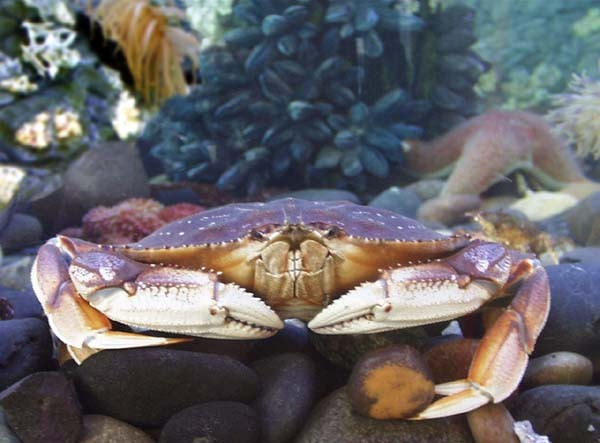Federal biologists announced on Tuesday that tests on dying marine wildlife revealed that the animals were poisoned by a vast toxic algae bloom that emerged in the West Coast this summer.
Scientists detected this toxin called domoic acid which is considered as a neurotoxin generated by marine algae that is potentially harmful to humans, fish and all kinds of marine life. To date, more than three dozen animals were reported from the coasts of Washington to California that included whales, dolphins, seals and even seabirds where several animals possessed dangerous levels of the toxin according to NOAA (National Oceanic and Atmospheric Administration).
Apart from this, high levels of domoic acid were discovered in shellfish as health officials on Tuesday advised people not to consume Dungeness crabs or Rock crabs that were captured from Oregon border to southern Santa Barbara County lines since tests confirmed dangerous levels from domoic acid.
Apart from this, Orgeon state officials released an advisory on Tuesday about crab that was caught recreational from the south coast of Oregon, from south of Coos Bay to California. Officials warn people to remove first the guts before consuming crab meat.
In addition, razor clam digging on ocean beaches for fall was postponed in Washington since all razor clamming operations closed along the entire coast of Oregon due to high levels of domoic acid.
NOAA says that this toxic algae bloom first appeared last spring and had spread throughout summer during warmer ocean temperatures in the Pacific. This algae bloom is also the largest one ever recorded in the West Coast that shut down major fisheries.
Domoic acid poisoning symptoms include seizures where many sea lions in California suffer from due to this deadly algae bloom in the state coast.
Marine life that includes small fish and shellfish eat this algae bloom and now contain domoic acid in their bodies. This in turn can be harmful to those who eat this fish and shellfish like sea birds and humans, making them sick from contaminated fish. In humans, this can result in amnesic shellfish poisoning that can cause short term memory loss.



























